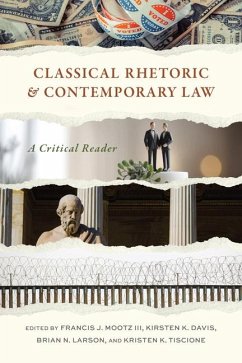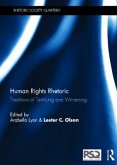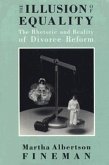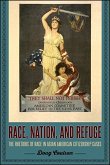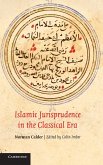"From the twin birth of western rhetoric and law in the Greek-speaking world in the first millennium BCE, law and rhetoric were deeply connected in the ancient world. In the modern era of legal practice, the clear connections between law and classical rhetoric have largely been lost to both those trained in the law and those who study rhetoric. This interdisciplinary reader reestablishes those lost connections by pairing primary source materials in classical rhetoric and contemporary law. The chapters in this volume show that ancient rhetorical texts can deepen or disrupt contemporary notions about principles that lie at the root of western legal traditions and return to us our past, making it possible for scholars across several disciplines to build on work accomplished centuries before. Broken into four parts, this volume first covers the historical development of rhetoric. In Part Two, volume editor Mootz and scholar David A. Frank look at rhetorical theorists at "bookends" of an era when classical rhetoric was de-valued as a mode of thought. Mootz discusses the hegemonic wave of Enlightenment epistemology that separated law from rhetoric, and Frank shows that where Cartesian rationality fails in the modern era, the humanistic tradition of rhetoric allows law to respond to the needs of justice. Part Three consists of ten chapters that each (1) introduce a classical rhetorical theorist to the reader, (2) provide an excerpt from a text by that theorist, and then (3) demonstrate the relevance of that work to a contemporary court case. Moving from the Sophists, through Aristotle and Plato and their Greek contemporaries, to the Roman rhetoricians Cicero and Quintilian, and finally, to the early medieval rhetorician, St. Augustine, these reprinted classical texts are contextualized by leading scholars in law, classics, and rhetoric, each with probing discussion questions for readers to engage and interact with the materials rhetorically. This vital resource of primary texts demonstrates how rhetoric illuminates the operation of the legal system and reconnects law to its rhetorical roots. Structured for use by scholars in critical inquiry and well suited for use in graduate or law school courses, Classical Rhetoric and Contemporary Law will be of interest to law, rhetoric, English, and communication scholars, and as an interactive catalyst to examine the ways in which ancient rhetorical theory informs our understanding of law practice today"--

